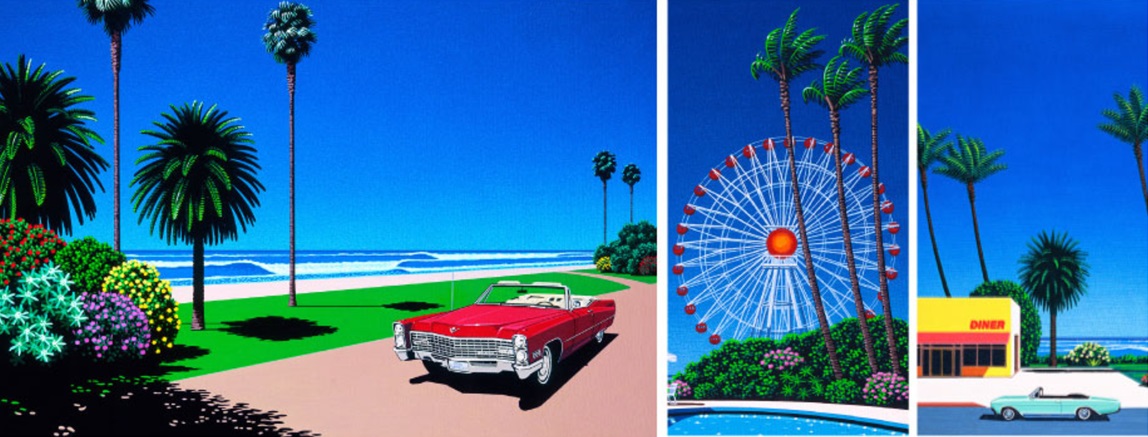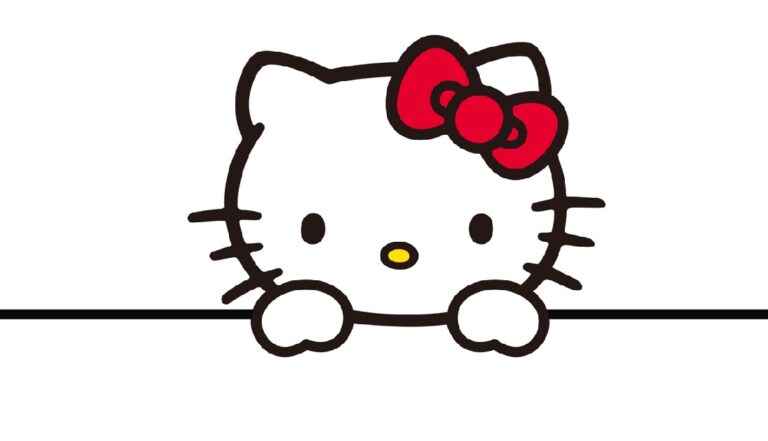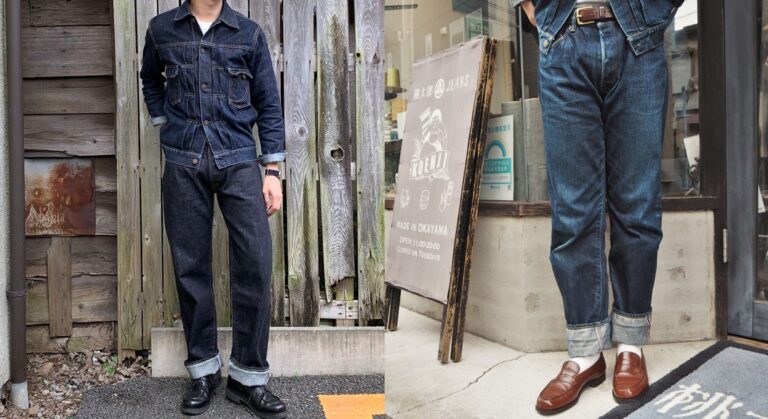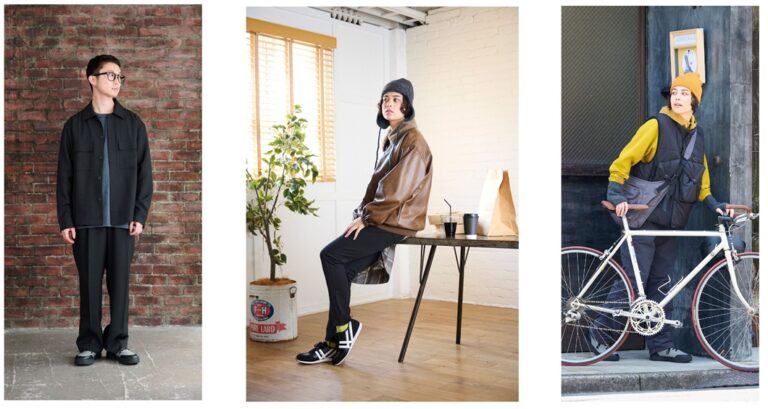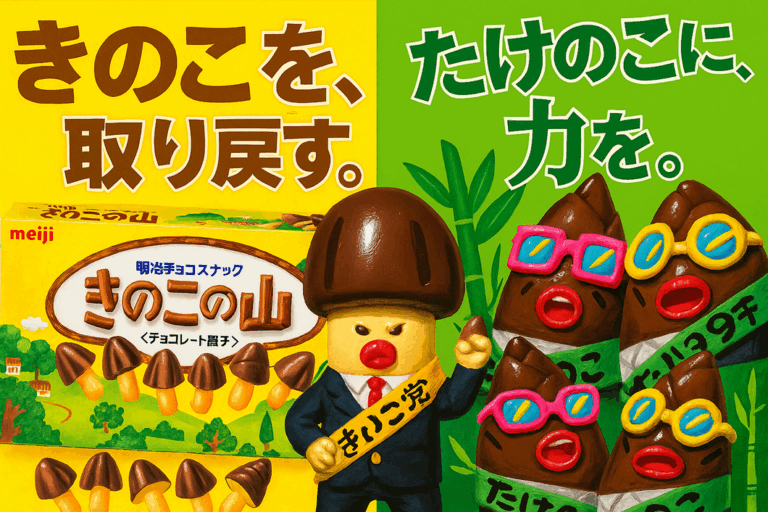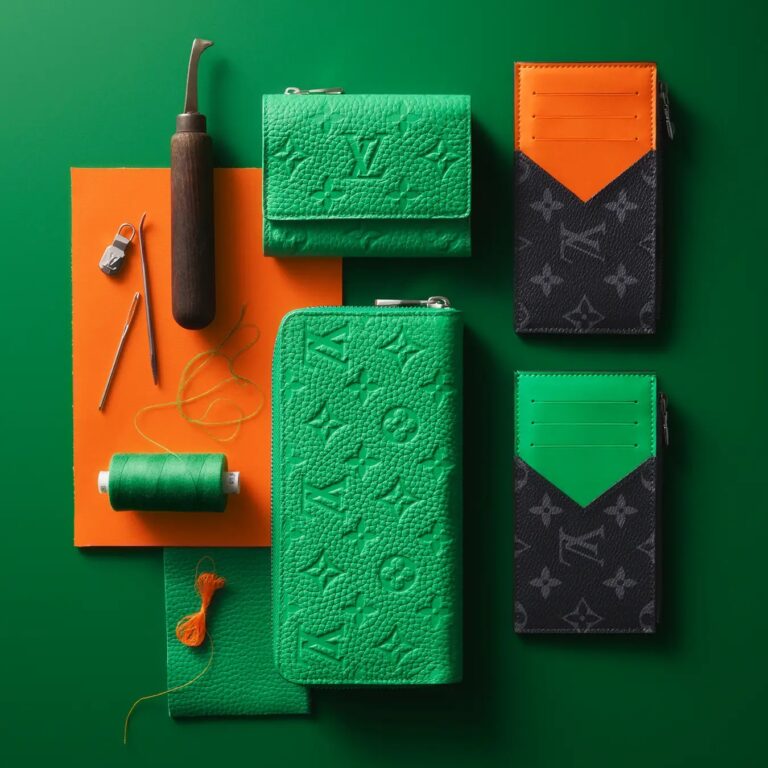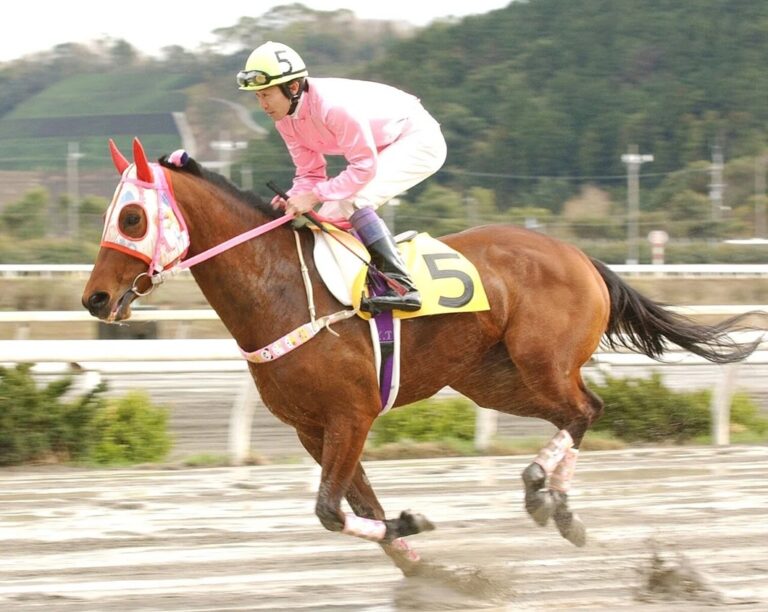Why City Pop—and “Showa Idol” Aesthetics—Are Catching Global Attention
It All Started with “Stay With Me”

City Pop, a genre once confined to late-night Japanese radio waves in the late 70s and 80s, saw a surprise comeback in the late 2010s. At the center of this revival was Miki Matsubara’s 1979 hit, “Stay With Me (真夜中のドア)”. Over 40 years after its original release, the song exploded on platforms like Spotify, surpassing 100 million global streams by 2020. On TikTok, the hashtag #citypop spread like wildfire, with Gen Z users worldwide syncing the track to retro-aesthetic videos.
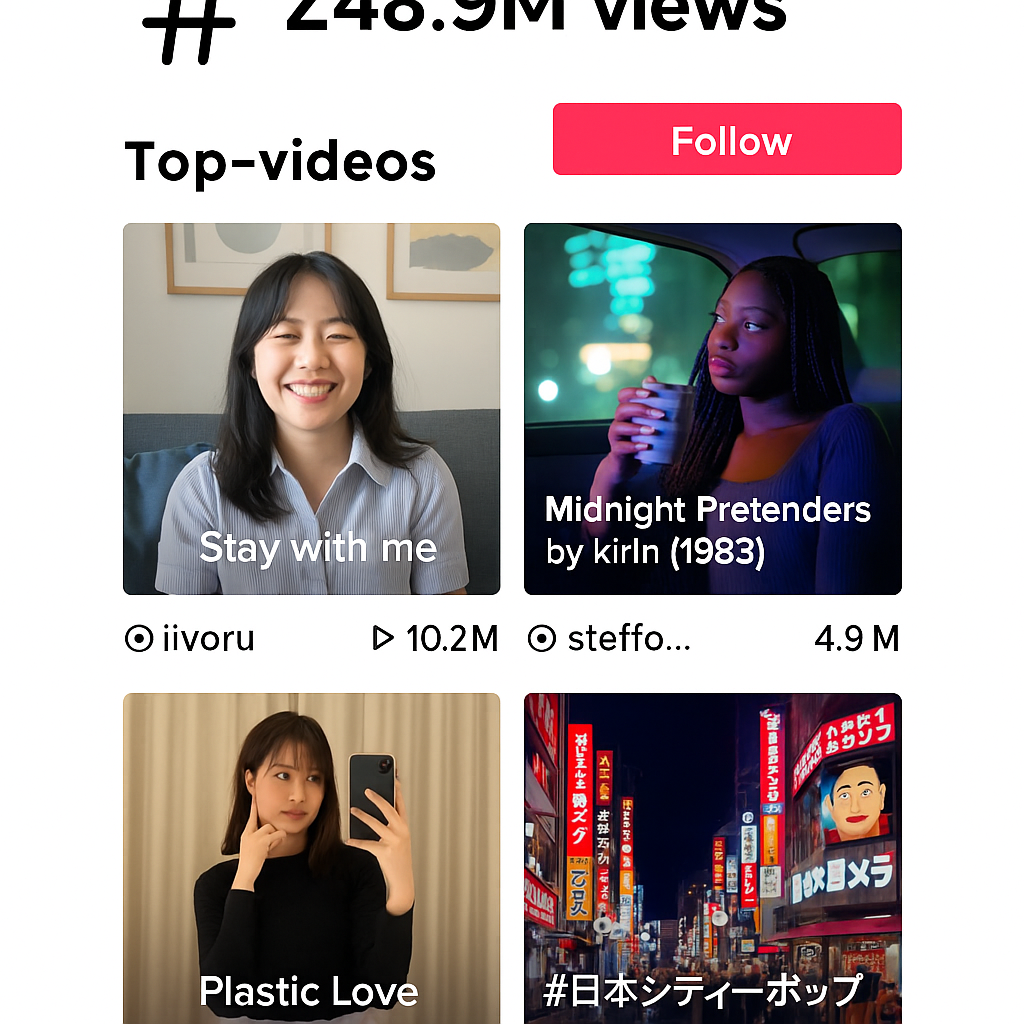
This resurgence wasn’t just about nostalgic melodies. It was a rediscovery of mood—of analog textures, grainy visuals, and emotional atmospheres. Album art, VHS-style visuals, and warm, lo-fi audio gave international listeners a taste of Japan’s “vibe” from another era.
What Exactly is City Pop?—The Sound of Tatsuro, Mariya and Anri
City Pop is less a strict genre and more a cultural moment in Japanese music history. Blending AOR, soul, funk, fusion, and jazz influences, it emerged in the late 1970s as a uniquely urban sound reflecting Japan’s economic boom and cosmopolitan lifestyle.
Why City Pop Captures the Heart
—Its Musical Approach
What makes City Pop so captivating isn’t just its nostalgic tone—it’s the music itself. The genre incorporates sophisticated chord progressions using extended jazz harmonies like 7ths and 9ths, often employing the ii–V–I sequence found in jazz and soul. Many City Pop tracks feature elaborate song structures, blending A–B–chorus patterns with bridges, key changes, and instrumental breaks, resulting in richly layered arrangements.

Rhythmically, City Pop borrows heavily from funk and disco, creating tight grooves with syncopated basslines and laid-back drum patterns. Instrumentation often includes electric pianos (like the Fender Rhodes), silky brass sections, crisp guitar licks, and analog synths that evoke a warm, cosmopolitan feel. Latin and bossa nova influences also sneak into many arrangements, giving them a subtly exotic flair.
This blend of musical complexity and laid-back elegance allows City Pop to transcend eras and borders—it feels sophisticated but approachable, nostalgic yet timeless.
Key figures include Tatsuro Yamashita, Mariya Takeuchi, Taeko Onuki, Anri, Eiichi Ohtaki, and Toshiki Kadomatsu. Yamashita, in particular, is often dubbed the godfather of City Pop. His tracks like “Sparkle” and “Ride on Time” have become staples in lo-fi, chill, and Vaporwave playlists across the globe.
Architect of the City Pop Sound
Tatsuro Yamashita began his career in the mid-1970s with the band Sugar Babe, which he formed alongside musicians like Taeko Onuki. As a solo artist, he became known for his meticulous production style, performing most instruments and layering rich harmonies by himself in the studio. His iconic album “For You” (1982) showcased his signature blend of American pop, soul, and funk filtered through a Japanese sensibility.
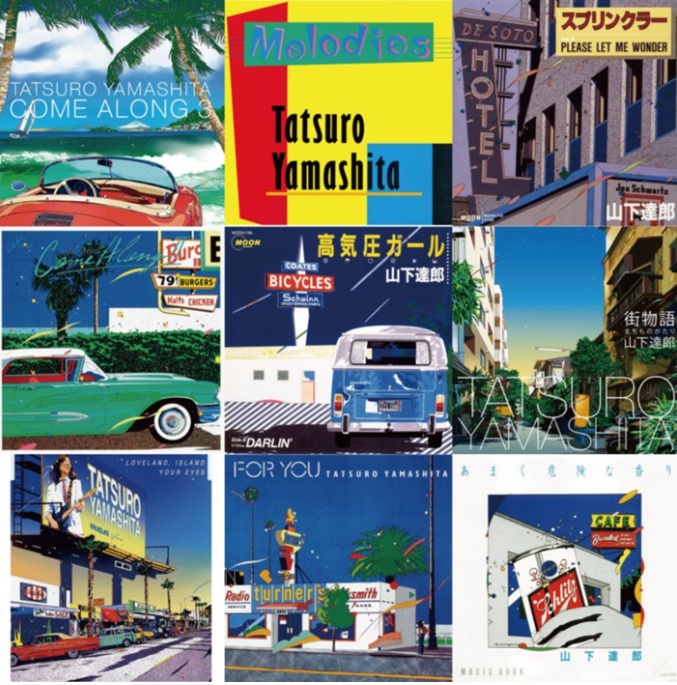
Yamashita’s songwriting is often harmonically complex yet melodically infectious. His use of gospel-style backing vocals, horn sections, and jazz-influenced chord structures helped define City Pop’s lush, high-fidelity sound. He is also credited with elevating the recording quality of J-pop through analog mastering techniques that rivaled U.S. productions of the time.
Beyond his own work, he produced and arranged tracks for other major artists—most notably his wife, Mariya Takeuchi. Her hit “Plastic Love”, which he arranged and produced, became the face of City Pop’s YouTube-era revival, despite being relatively obscure upon initial release.
Cross-Generational Appeal: From The Weeknd to Night Tempo
A major example of cross-generational influence is The Weeknd‘s 2022 track “Out of Time”, which samples Yamashita’s “Midnight Pretenders”. This not only introduced City Pop to a new Western audience but also sparked a “reverse import” movement—where Japanese fans rediscovered their own musical heritage through foreign artists.
American DJ Night Tempo is another example. By remixing Showa-era pop and City Pop into upbeat dance tracks, he’s drawn global fans who now sing along in Japanese at his live shows. It’s nostalgia gone full circle.
Algorithm Meets Nostalgia: The Role of Streaming and Social Media
City Pop’s unlikely revival can’t be explained without the role of streaming platforms and social media. While Japanese radio largely moved on from the genre in the 1990s, algorithms on Spotify, YouTube, and TikTok have breathed new life into it—especially among Gen Z listeners across the globe.
Spotify’s auto-curated playlists, often driven by listener behavior and mood tags, began surfacing obscure Japanese tracks in chill, lo-fi, or retro-themed mixes. This allowed songs like Mariya Takeuchi’s “Plastic Love” and Anri’s “Remember Summer Days” to quietly gain international traction. One viral Reddit post or YouTube recommendation later, and they were cultural phenomena.

YouTube was especially influential in shaping the City Pop aesthetic. Curated mixes labeled “Japanese City Pop” frequently feature vintage anime loops, neon-lit cityscapes, or faded cassette decks. Channels like Plastic Lover or My Analog Journal layered nostalgic visuals with smooth grooves, building a new visual-musical hybrid experience. These videos didn’t just stream music—they crafted a mood.

Meanwhile on TikTok, hashtags like #citypop, #昭和レトロ, and #vintagejapan have accumulated millions of views. Users pair City Pop tracks with lo-fi fashion shoots, nighttime drives, or even self-shot dance clips. Songs like “Stay With Me” and “Midnight Pretenders” became popular backing tracks, sometimes without users knowing their original context or artist.
💡RIKA’s Recommended City Pop Playlists (For Intermediate Fans)
- “City Pop シティーポップ” – A balanced blend of iconic tracks like “Midnight Pretenders,” “Plastic Love,” and deeper cuts.
- “Japanese City Pop” by Vertigo Vinyl – Curated for music lovers who want to explore beyond the surface.
- Reddit Favorite Playlist – Over 200 carefully selected City Pop tracks discussed and refined by fans.
These playlists are perfect for diving deeper into the genre while discovering some underappreciated gems. They strike a nice balance between classic appeal and collector curiosity.
A Reverse Import Back to Japan
Ironically, much of City Pop’s rediscovery happened abroad first. Japanese listeners, especially younger ones, often re-encountered the genre through TikTok clips or viral YouTube remixes originating in the U.S. or Europe. This “reverse import” trend has led to reissues of vinyl albums, new chart placements, and even legacy artists acknowledging their newfound fandom overseas.
The music video for this classic song, which is experiencing a revival due to subscription plays on Spotify, was created in collaboration with popular illustrator chao!
In this way, City Pop’s resurgence represents a rare cultural feedback loop: Japan exported the sound in the 1980s, the world remixed it decades later, and now Japan is tuning back in—streaming their own past through a global lens.
When Music Meets Visual Elegance
One reason City Pop resonates so strongly with younger listeners—especially those discovering it through streaming—is its compelling album art. These record jackets serve as visual portals into the world of 1980s urban Japan.
Many iconic City Pop albums feature artwork by illustrator Hiroshi Nagai, whose signature style includes pastel skies, palm trees, poolside architecture, and minimalist West Coast landscapes. His covers for Tatsuro Yamashita’s “For You” and Eiichi Ohtaki’s “A Long Vacation” have become iconic, not only as music packages but as aesthetic blueprints for the genre itself.

This trend wasn’t just Nagai. Anri’s “Timely!!” and Mariya Takeuchi’s “Variety” also employed art that emphasized a sense of cosmopolitan leisure—sailing yachts, sunset highways, and stylized typography. These covers often avoided featuring the artist’s face, focusing instead on evoking atmosphere and aspiration.
The visual language of City Pop jackets aligns perfectly with today’s lo-fi, retro-modern aesthetic: clean composition, emotional minimalism, and timeless cool. On social media, these covers are endlessly re-shared as moodboards, wallpapers, or even fashion references. The music might come first, but it’s often the visuals that make people click “play.”
Showa Idol Fashion: A Forced Link?
It’s worth noting that most City Pop artists were not marketed as “idols” in the traditional Japanese sense. Tatsuro Yamashita, Mariya Takeuchi, and Taeko Onuki were primarily studio-focused musicians, valued more for their sound than their looks.

That said, Gen Z’s reinterpretation of City Pop aesthetics often includes visual cues from 80s Japan. Record jackets, TV performances, and hairstyles have inspired a fashion movement: sailor-collar tops, cinched-waist dresses, fluffy perms, and shimmering eye shadow are back in vogue.
Instagram and Pinterest now feature makeup tutorials and “Shōwa-inspired” fashion shoots that pair directly with City Pop tracks. For many young creatives, it’s not just about wearing retro—it’s about embodying the vibe.
More Than a Beat—It’s the “Vibe”
City Pop’s global success is not a fleeting trend; it represents a new mode of cultural consumption. Today’s listeners crave more than sound—they want visuals, emotion, atmosphere. They want a break from modern overstimulation and a portal into a slower, warmer, analog world.
For many, City Pop offers a calming contrast to hyper-digital modernity. It’s not just about the music—it’s about the elegance, optimism, and romance embedded in Japan’s golden era. City Pop isn’t just old music made new; it’s timeless emotion recontextualized for a global audience.

Erika Nishizono here — a lover of traditional kimono, modern art, and all things beautiful. Exploring how style and culture shape the way we live.

